Home>Technology>Home Entertainment Systems>What Is A 5.1 Home Theater System
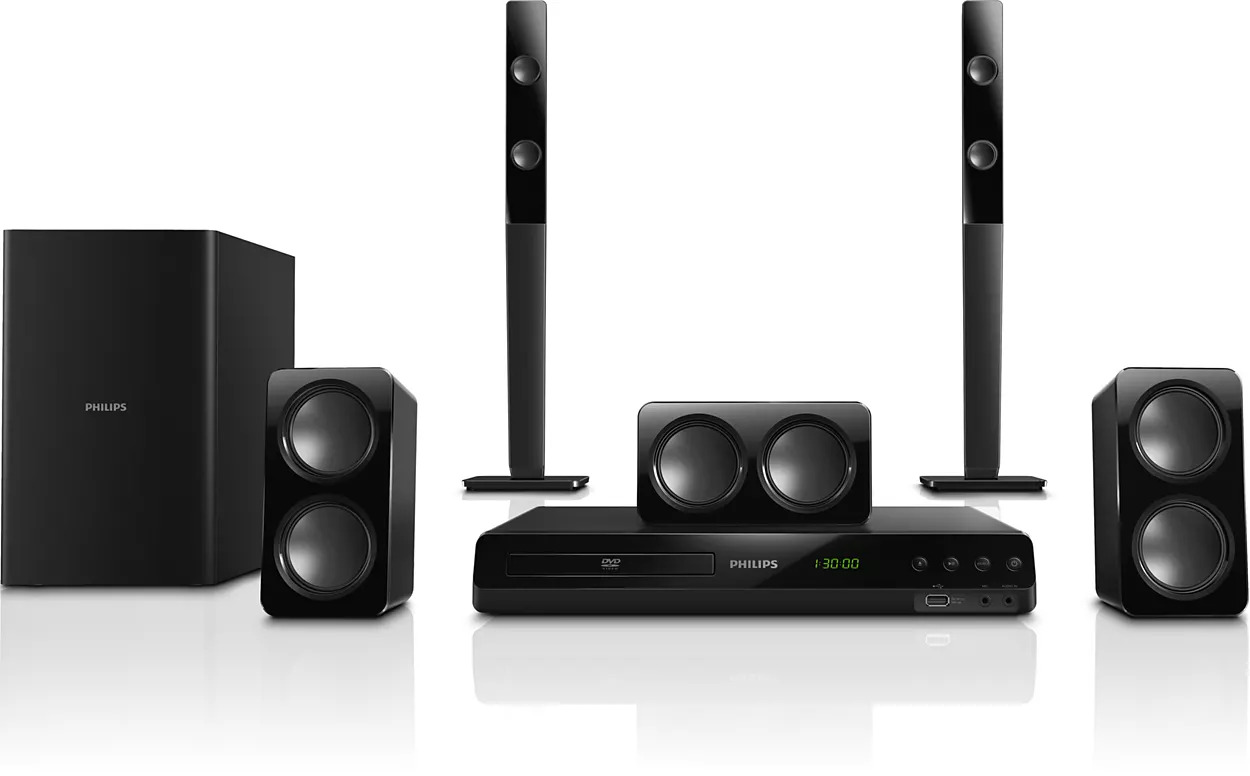

Home Entertainment Systems
What Is A 5.1 Home Theater System
Published: February 15, 2024
Discover the benefits of a 5.1 home theater system and elevate your home entertainment experience. Learn about the features and setup of these immersive audio systems.
(Many of the links in this article redirect to a specific reviewed product. Your purchase of these products through affiliate links helps to generate commission for Storables.com, at no extra cost. Learn more)
Introduction
Imagine being immersed in the captivating world of your favorite movie, feeling the rumble of thunder and the subtle whispers of the characters as if you were right there with them. This is the magic of a 5.1 home theater system. It's not just about watching a movie; it's about experiencing it in a way that transcends the boundaries of traditional entertainment.
A 5.1 home theater system is a game-changer in the realm of home entertainment. It brings the cinematic experience into your living room, creating an audio-visual symphony that elevates your favorite movies, TV shows, and music to new heights. The "5.1" in its name refers to the system's configuration, which includes five speakers and one subwoofer. This setup is designed to deliver a multi-dimensional audio experience that surrounds you, pulling you into the heart of the action on the screen.
As technology continues to evolve, the 5.1 home theater system remains a timeless choice for those who seek an immersive and high-fidelity audio experience. Whether you're a movie enthusiast, a music lover, or a gaming aficionado, this system has the power to transform your home into a captivating entertainment hub.
In the following sections, we'll delve deeper into the intricacies of the 5.1 home theater system, exploring its components, setup process, and the myriad benefits it brings to your home entertainment experience. So, buckle up and get ready to embark on a journey that will redefine the way you perceive and enjoy audio-visual content within the comfort of your own home.
Key Takeaways:
- A 5.1 home theater system with five speakers and a subwoofer creates an immersive audio experience for movies, music, and gaming, bringing the excitement of a cinema into your living room.
- Setting up a 5.1 home theater system involves strategic speaker placement, wiring, and calibration, offering benefits like enhanced movie watching, concert-like music, and immersive gaming experiences.
Read more: What Is A Home Theater System
Understanding the 5.1 Home Theater System
A 5.1 home theater system is a sophisticated audio setup designed to deliver a truly immersive entertainment experience within the confines of your home. The "5.1" configuration consists of five speakers and one subwoofer, strategically positioned to envelop the listener in a multi-dimensional soundscape. The "5" denotes the five speakers, while the "1" represents the subwoofer, collectively working in harmony to create a captivating audio environment.
The five speakers in a 5.1 system are categorized as follows:
-
Front Left and Right Speakers: These speakers serve as the foundation of the system, delivering the primary audio elements and anchoring the soundstage. They are responsible for projecting the main dialogue, music, and sound effects, providing a sense of directionality to the audio.
-
Center Speaker: Positioned either above or below the display, the center speaker plays a pivotal role in reproducing dialogue and vocals with exceptional clarity. It enhances the intelligibility of speech and ensures that conversations and monologues are conveyed with precision.
-
Surround Speakers (Left and Right): Placed to the sides or slightly behind the primary listening area, the surround speakers are instrumental in creating an enveloping audio experience. They contribute to ambient sounds, atmospheric effects, and directional audio cues, effectively immersing the listener in the sonic landscape of the content being enjoyed.
-
Subwoofer: The subwoofer is dedicated to reproducing low-frequency sounds, including deep bass and impactful low-end effects. By handling the lower end of the audio spectrum, the subwoofer adds depth and resonance to the overall sound, heightening the emotional impact of explosions, musical basslines, and rumbling thunder.
The 5.1 home theater system is engineered to leverage the spatial dimensions of a room, leveraging the strategic placement of speakers to create a sense of depth, width, and height within the audio field. This spatial awareness, combined with the distribution of audio channels, results in a captivating listening experience that transcends traditional stereo setups.
By understanding the role of each component within the 5.1 system, enthusiasts can appreciate the meticulous engineering behind this audio configuration, unlocking the potential to transform their living spaces into captivating entertainment sanctuaries.
Components of a 5.1 Home Theater System
A 5.1 home theater system comprises several essential components, each playing a distinct role in delivering an immersive audio-visual experience. Understanding the function of each component is crucial for enthusiasts looking to assemble a high-fidelity entertainment setup within their homes.
Front Left and Right Speakers
The front left and right speakers serve as the cornerstone of the 5.1 system, anchoring the audio experience with their primary sound projection. Positioned on either side of the display or listening area, these speakers are responsible for delivering the main dialogue, music, and sound effects. Their strategic placement contributes to the sense of directionality within the audio, enhancing the overall spatial awareness of the listener.
Center Speaker
The center speaker holds a pivotal role in the 5.1 setup, specializing in reproducing dialogue and vocals with exceptional clarity. Typically positioned either above or below the display, the center speaker ensures that conversations, monologues, and vocal performances are conveyed with precision. This component significantly enhances the intelligibility of speech, making it an indispensable element for a well-balanced audio presentation.
Surround Speakers (Left and Right)
The surround speakers, comprising the left and right channels, are instrumental in creating an enveloping audio environment. Positioned to the sides or slightly behind the primary listening area, these speakers contribute to ambient sounds, atmospheric effects, and directional audio cues. By immersing the listener in a sonic landscape, the surround speakers elevate the overall viewing experience, making it more engaging and captivating.
Subwoofer
The subwoofer, a dedicated component for handling low-frequency sounds, plays a crucial role in adding depth and resonance to the audio. By reproducing deep bass and impactful low-end effects, the subwoofer enhances the emotional impact of explosions, musical basslines, and rumbling thunder. Its ability to handle the lower end of the audio spectrum contributes to a more dynamic and immersive audio-visual experience.
Amplifier and Receiver
An amplifier and receiver are essential components that serve as the central hub for the 5.1 system. The amplifier powers the speakers, ensuring that they receive the necessary electrical signals to produce sound, while the receiver acts as the control center, managing audio and video inputs from various sources such as Blu-ray players, gaming consoles, and streaming devices.
Speaker Cables and Mounts
Speaker cables and mounts are often overlooked but are crucial for the proper installation and connectivity of the 5.1 system. High-quality speaker cables ensure optimal signal transmission, while mounts and stands provide stability and precise positioning for the speakers, maximizing their performance within the room.
By understanding the significance of each component, enthusiasts can make informed decisions when selecting and assembling a 5.1 home theater system, ultimately elevating their home entertainment experience to new heights.
Read more: What Is A Home Theater Receiver
Setting Up a 5.1 Home Theater System
Setting up a 5.1 home theater system is an exciting endeavor that involves careful planning and meticulous execution to ensure an optimal audio-visual experience. Whether you're a seasoned enthusiast or a newcomer to the world of home entertainment, the process of assembling and configuring a 5.1 system can be both rewarding and transformative. Here's a comprehensive guide to help you navigate the setup process and unleash the full potential of your 5.1 home theater system.
Room Preparation
Before diving into the technical aspects of setting up the system, it's essential to assess the room where the 5.1 system will be installed. Consider the layout, dimensions, and acoustics of the space, as these factors can significantly impact the audio performance. Ideally, the room should be conducive to creating an immersive audio environment, with minimal obstructions and reflective surfaces that may distort the sound.
Speaker Placement
Strategic speaker placement is critical for maximizing the sonic impact of a 5.1 system. The front left and right speakers should be positioned at ear level, equidistant from the primary viewing area, to ensure balanced sound projection. The center speaker, responsible for dialogue reproduction, should be placed either above or below the display, aligned with the front speakers. Surround speakers should be positioned to the sides or slightly behind the listening area, creating a cohesive surround sound experience. Lastly, the subwoofer can be placed anywhere in the room to achieve optimal bass response, although placing it near a wall or corner can enhance low-frequency performance.
Wiring and Connectivity
Carefully route and conceal speaker cables to maintain a clean and uncluttered setup. High-quality speaker cables are essential for optimal signal transmission, so invest in cables that are suitable for the system's power requirements and speaker impedance. When connecting the speakers to the amplifier/receiver, ensure that the polarity is correct to maintain phase coherence and sonic accuracy.
Read more: What Is A Home Theater Display
Calibration and Testing
Once the physical setup is complete, it's time to calibrate the system for optimal performance. Most modern amplifiers/receivers feature built-in calibration systems that use a microphone to analyze the acoustic properties of the room and adjust the speaker settings accordingly. Follow the on-screen prompts to fine-tune speaker levels, distances, and crossover frequencies, ensuring a harmonious blend of audio across all channels.
Source Integration
Integrate various audio-visual sources such as Blu-ray players, gaming consoles, streaming devices, and cable/satellite boxes with the amplifier/receiver. Ensure that the video output from these sources is routed through the amplifier/receiver to the display, allowing for seamless switching and control of audio and video sources.
By following these steps and paying attention to the details, you can set up a 5.1 home theater system that delivers a captivating and immersive audio-visual experience, transforming your living space into a haven for high-fidelity entertainment.
Benefits of a 5.1 Home Theater System
A 5.1 home theater system offers a plethora of benefits that extend far beyond conventional audio-visual setups. By embracing the immersive capabilities of a 5.1 system, enthusiasts can unlock a transformative entertainment experience that transcends the limitations of traditional stereo configurations. Let's explore the compelling advantages that make a 5.1 home theater system a coveted addition to any home entertainment space.
1. Immersive Audio Experience
The hallmark benefit of a 5.1 home theater system lies in its ability to envelop the listener in a multi-dimensional audio environment. With strategically positioned speakers and a dedicated subwoofer, the system delivers a captivating soundscape that pulls the audience into the heart of the action. Whether it's the subtle rustling of leaves in a forest scene or the thunderous roar of a cinematic explosion, the 5.1 system creates a sense of presence that elevates the viewing experience to new heights.
2. Spatial Awareness and Directional Sound
The distribution of speakers in a 5.1 system enables precise localization of sound, enhancing spatial awareness and directional audio cues. This spatial accuracy adds depth and realism to the audio, allowing viewers to pinpoint the origin of specific sounds within the sonic landscape. Whether it's the seamless panning of effects across the surround channels or the focused projection of dialogue from the center speaker, the system creates a cohesive and immersive audio canvas.
3. Enhanced Movie Watching Experience
For movie enthusiasts, a 5.1 home theater system is a game-changer, bringing the cinematic experience into the comfort of their homes. The system accentuates the emotional impact of movies, heightening the drama, suspense, and excitement portrayed on the screen. From epic action sequences to poignant dialogue exchanges, every cinematic moment is enriched by the dynamic and enveloping audio presentation, creating an unparalleled movie-watching experience.
4. Concert-Like Music Reproduction
Music aficionados can revel in the concert-like experience offered by a 5.1 home theater system. The system's ability to faithfully reproduce the nuances of musical performances, from intricate instrumentals to soaring vocals, creates a captivating listening environment. With the subwoofer adding depth to basslines and the surround speakers enveloping the listener in a symphony of sound, music comes to life in a way that transcends traditional stereo setups.
5. Gaming Immersion
Gaming enthusiasts can benefit from the heightened immersion and spatial awareness offered by a 5.1 system. The system enhances the gaming experience by accurately rendering in-game audio effects, creating a sense of depth and dimensionality that pulls players into the virtual worlds they explore. From immersive soundtracks to directional audio cues, the 5.1 system adds a new layer of excitement and realism to gaming sessions.
Read more: What Is The Best Home Theater Receiver
6. Family Entertainment Hub
Beyond individual preferences, a 5.1 home theater system serves as a focal point for family entertainment. Whether it's family movie nights, gaming competitions, or music listening sessions, the system fosters shared experiences that bring family members together in a captivating and engaging environment.
In essence, a 5.1 home theater system redefines the way we perceive and engage with audio-visual content, offering a transformative and immersive entertainment experience that resonates with enthusiasts of movies, music, and gaming alike. By embracing the benefits of a 5.1 system, individuals can elevate their home entertainment to new heights, creating lasting memories and captivating experiences within the comfort of their own homes.
Conclusion
In conclusion, the 5.1 home theater system stands as a testament to the evolution of home entertainment, offering a transformative audio-visual experience that transcends the boundaries of traditional stereo setups. With its meticulously engineered configuration of five speakers and one subwoofer, this system has the power to immerse enthusiasts in a captivating sonic landscape, bringing movies, music, and gaming to life in ways that were once exclusive to commercial cinemas and concert halls.
The benefits of a 5.1 home theater system extend far beyond its technical specifications. It fosters a sense of shared experiences, bringing families together for memorable movie nights, gaming sessions, and music listening parties. The system's ability to create an immersive and captivating environment within the comfort of one's home is a testament to its enduring appeal in the realm of home entertainment.
As technology continues to advance, the 5.1 home theater system remains a timeless choice for those who seek an unparalleled audio-visual experience. Its ability to heighten the emotional impact of movies, faithfully reproduce the nuances of musical performances, and enhance the immersion of gaming sessions underscores its versatility and enduring relevance in the modern home.
By understanding the components, setup process, and benefits of a 5.1 home theater system, enthusiasts can make informed decisions when selecting and assembling their own systems, ultimately elevating their home entertainment experience to new heights. The system's capacity to create a multi-dimensional soundscape, enhance spatial awareness, and foster shared moments of entertainment makes it a valuable addition to any home, enriching the lives of individuals and families alike.
In essence, the 5.1 home theater system represents the convergence of technology, art, and shared experiences, offering a gateway to a world of captivating audio-visual content within the confines of one's living space. It is not merely a collection of speakers and cables; it is a conduit for transformative entertainment experiences that resonate with enthusiasts of all ages and interests. As we look to the future of home entertainment, the 5.1 home theater system stands as a timeless and cherished companion, ready to transport us into the heart of our favorite movies, music, and games with unparalleled fidelity and immersion.
Frequently Asked Questions about What Is A 5.1 Home Theater System
Was this page helpful?
At Storables.com, we guarantee accurate and reliable information. Our content, validated by Expert Board Contributors, is crafted following stringent Editorial Policies. We're committed to providing you with well-researched, expert-backed insights for all your informational needs.
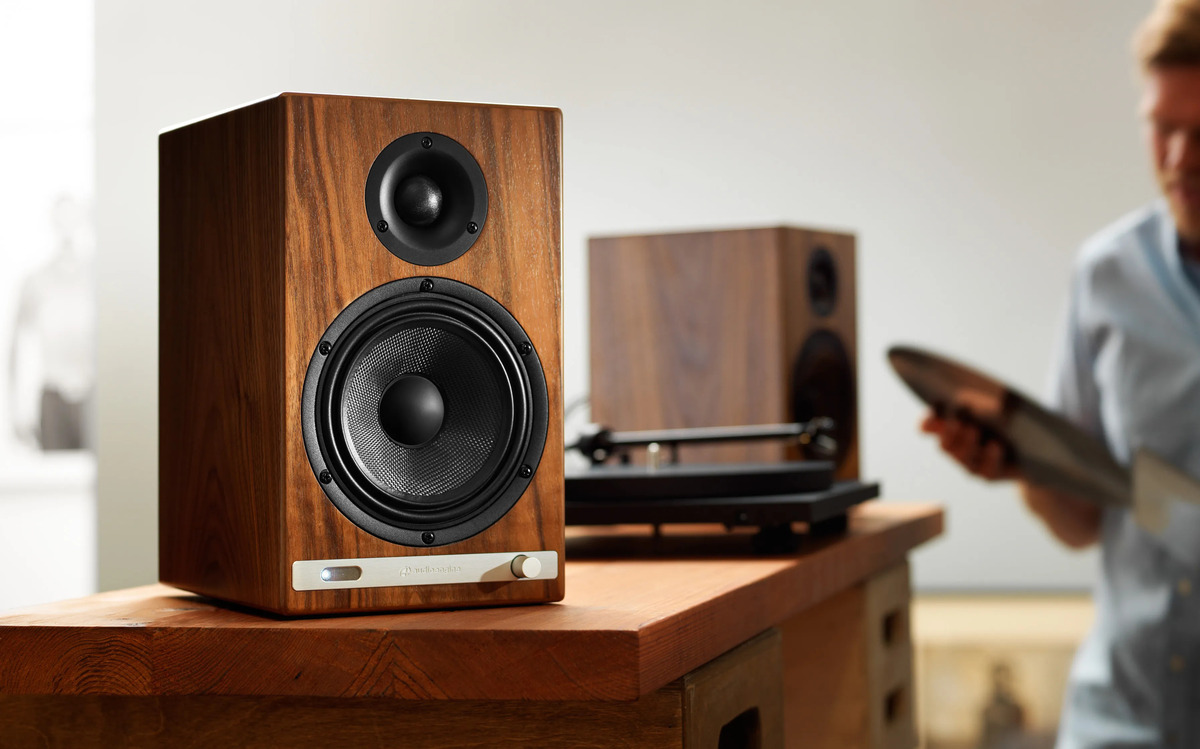
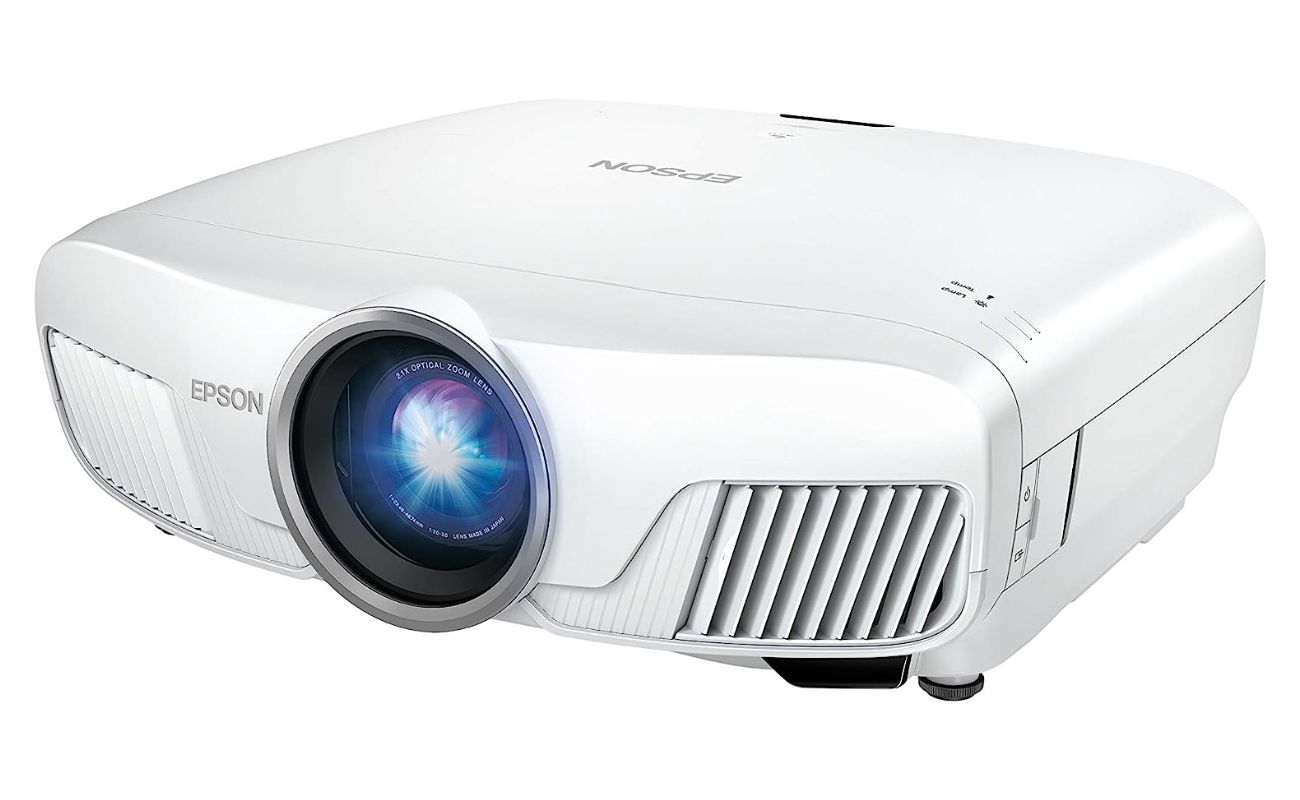
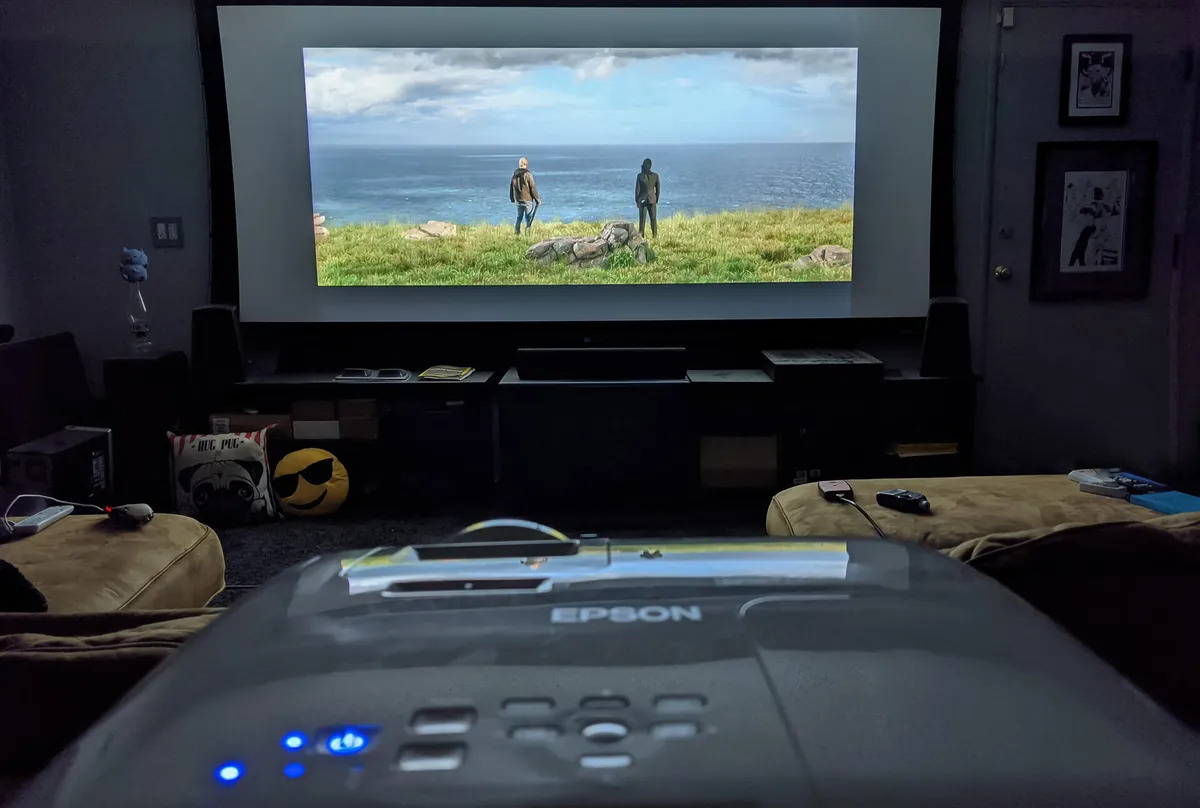
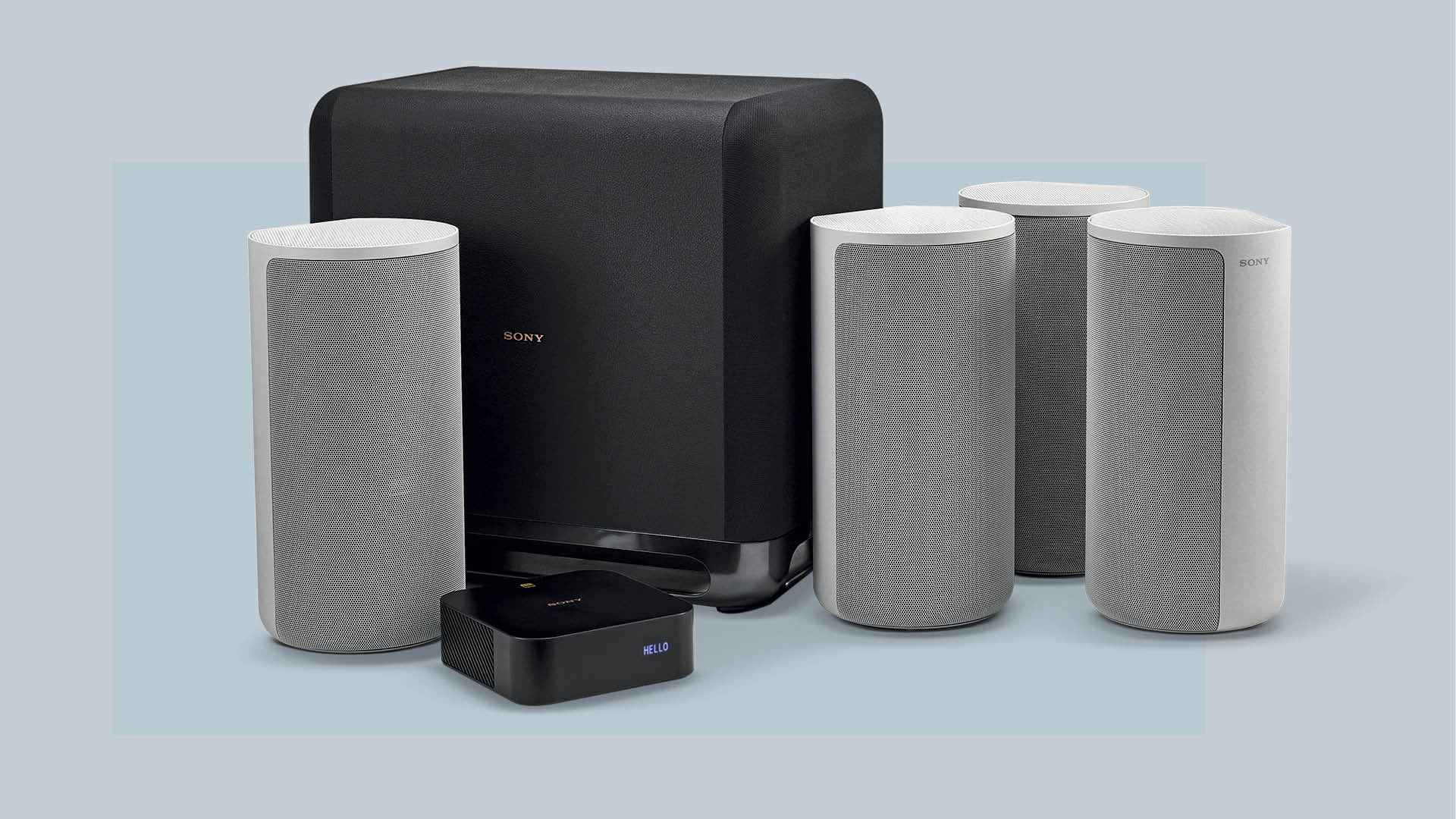
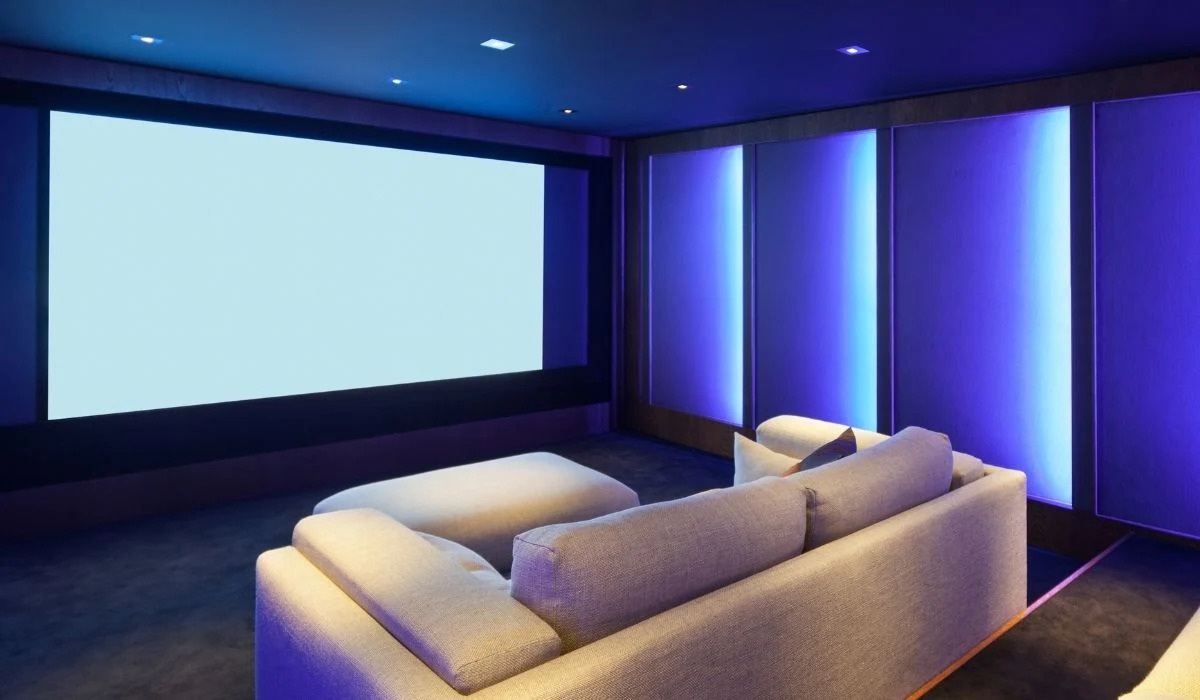

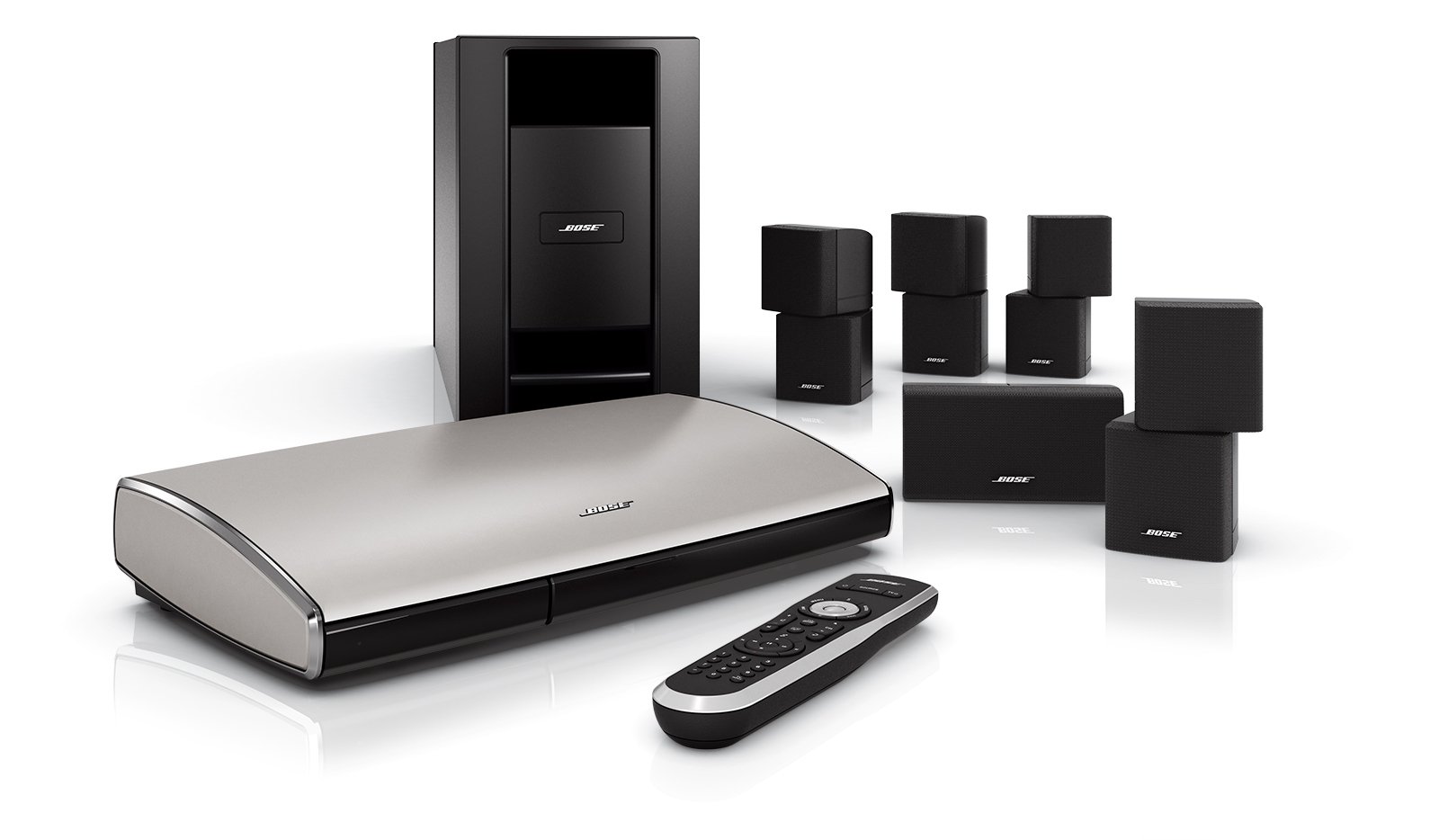
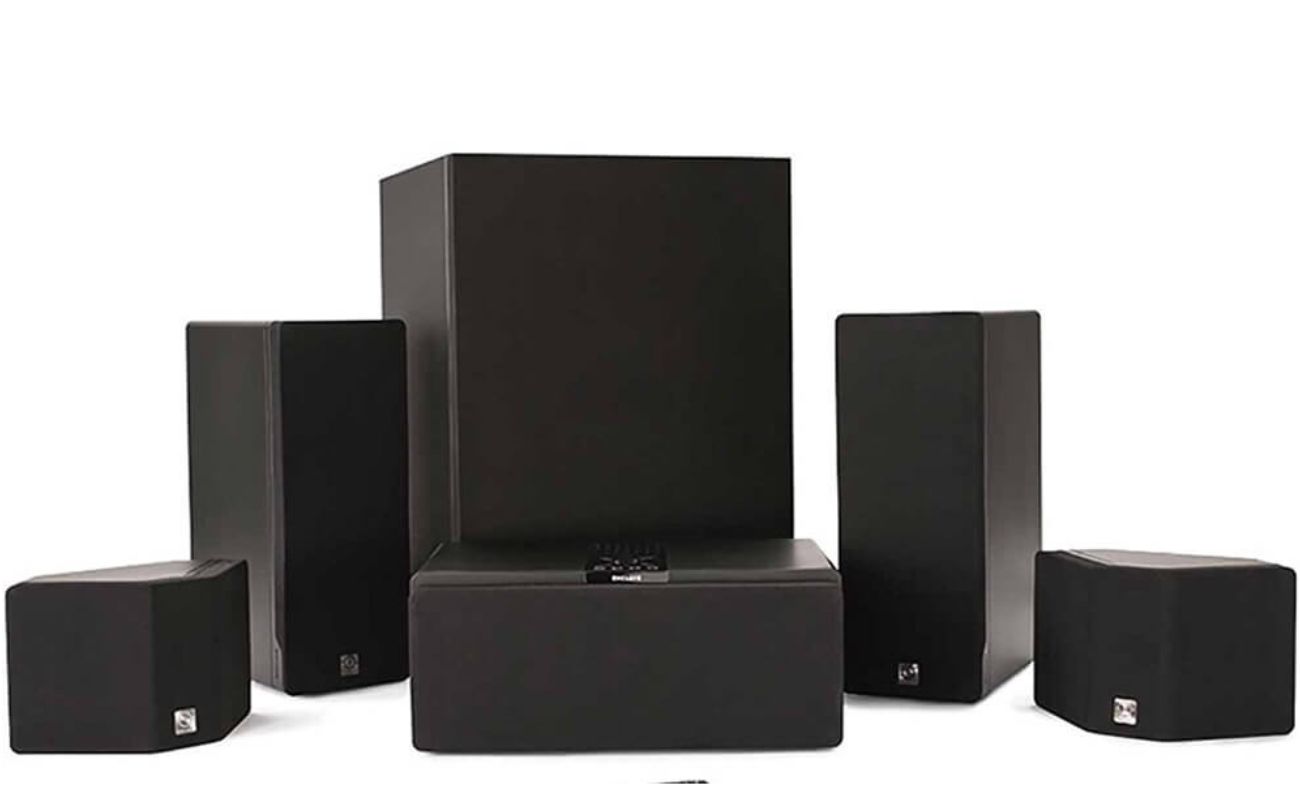
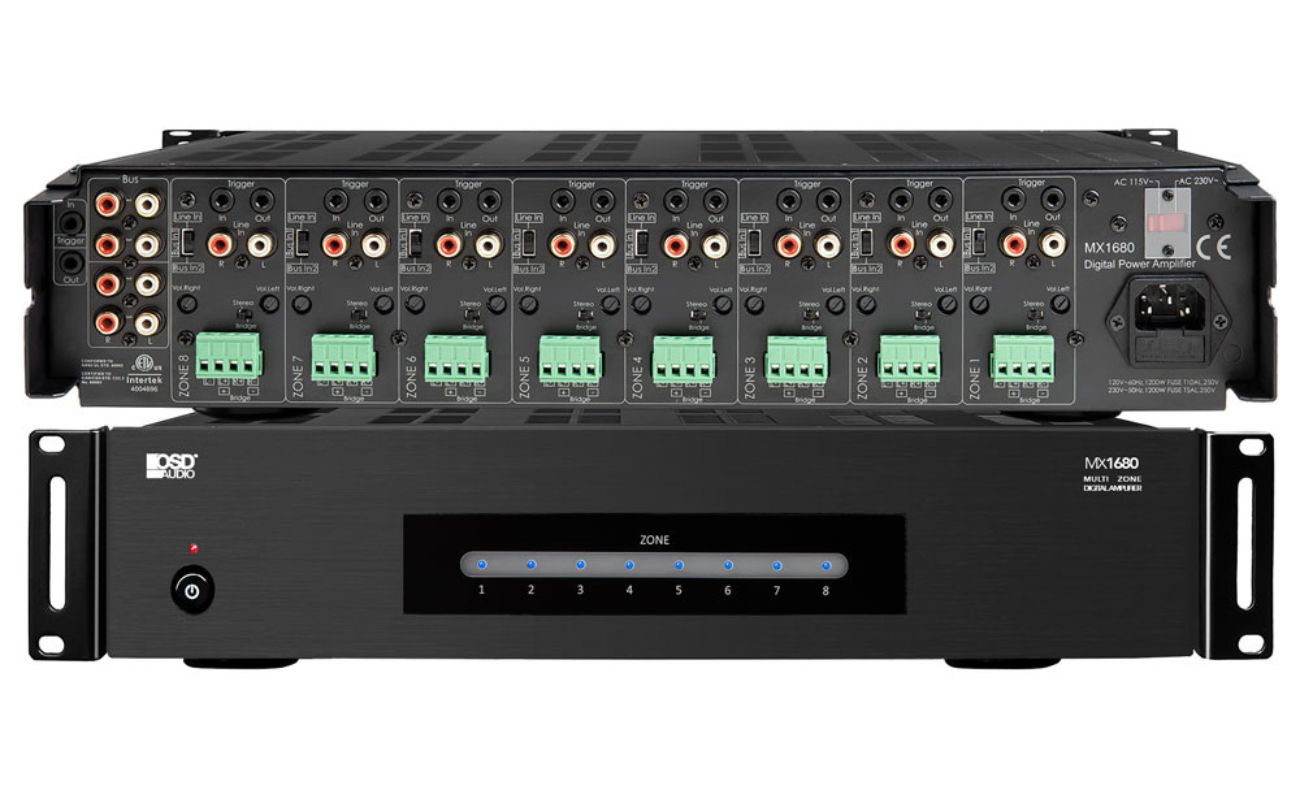


0 thoughts on “What Is A 5.1 Home Theater System”